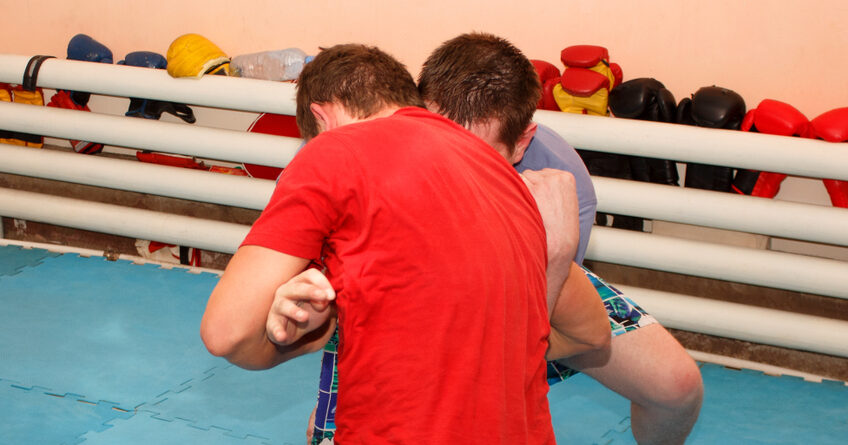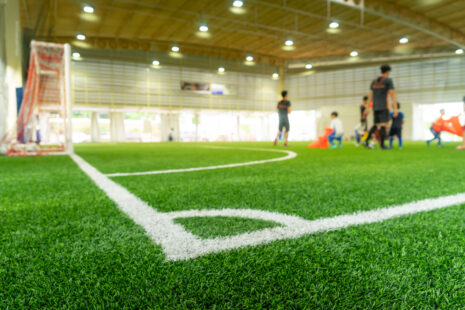To get back into Jiu-Jitsu after an injury, it’s necessary to approach the return cautiously and prioritize your recovery.
Here are some steps to help you safely resume training…
- Consult with a Healthcare Professional – Before returning to Jiu-Jitsu, consult with a healthcare professional, such as a physician or physical therapist, to assess your injury’s extent and ensure it’s safe to resume training. Follow their recommendations and guidance regarding your recovery timeline and any necessary precautions.
- Gradual Return to Training – Start slowly and gradually reintroduce yourself to Jiu-Jitsu. Begin with light exercises and drills that don’t aggravate your injury. Focus on movements that promote mobility, stability, and muscle activation in the affected area while avoiding strenuous or high-impact activities.
- Modify Techniques and Intensity – Modify techniques and training intensity to accommodate your injury and minimize stress on the affected area. Avoid movements or positions that cause pain or discomfort, and communicate with your training partners and instructor about your injury to ensure a safe training environment.
- Focus on Rehabilitative Exercises – Incorporate rehabilitative exercises and physical therapy techniques into your training routine to strengthen the injured area, improve flexibility, and promote healing. Work on targeted exercises that address any weaknesses or imbalances contributing to your injury.
- Listen to Your Body – Pay attention to your body’s signals and avoid pushing through pain or discomfort. If you experience any unusual symptoms or increased pain during training, stop immediately and reassess your approach. It’s necessary to prioritize your long-term health and well-being over pushing yourself too hard too soon.
- Use Protective Gear – Consider using protective gear such as braces, wraps, or padding to provide extra support and stability to the injured area. This can help reduce the risk of re-injury while you gradually build strength and confidence in your training.
- Monitor Progress and Adjust Accordingly – Regularly monitor your progress and adjust your training plan as needed based on how your body responds. Be patient and realistic with your expectations, understanding that full recovery may take time, and progress may be gradual.
- Stay Consistent with Rehabilitation – Stay consistent with your rehabilitation exercises and any prescribed treatment protocols outside of Jiu-Jitsu training. Consistency is key to ensuring ongoing progress and preventing setbacks.
- Communicate with Your Instructor – Keep open communication with your Jiu-Jitsu instructor about your injury status, concerns, and any modifications you may need during training. They can provide guidance and support to help you navigate your return to training safely.
- Maintain Overall Health and Fitness – In addition to Jiu-Jitsu training, prioritize overall health and fitness by incorporating activities such as strength training, cardiovascular exercise, and flexibility work. A well-rounded approach to fitness can support your injury recovery and overall athletic performance.
By following these steps and prioritizing your recovery, you can safely get back into Jiu-Jitsu training after an injury while minimizing the risk of re-injury and optimizing your long-term success in the sport.




